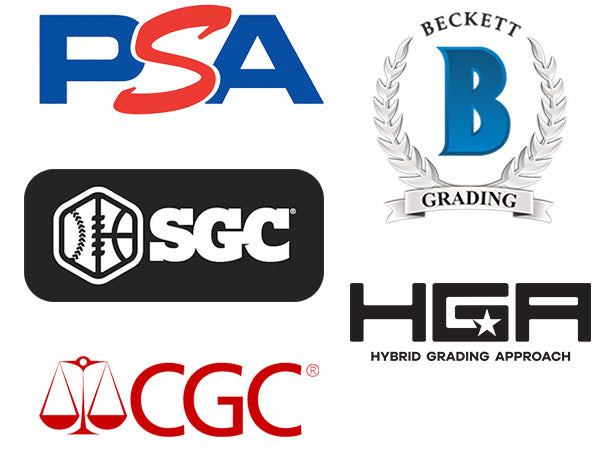For collectors and enthusiasts, trading cards can be a valuable and rewarding hobby. However, the condition and authenticity of these cards can significantly impact their value. One way to ensure the legitimacy and quality of your trading cards is to have them professionally graded. In this blog post, we will explore the importance of grading your trading cards and provide tips on how to do it effectively.
Why Grade Your Trading Cards?
Grading your trading cards can increase their value, authenticity, and appeal to potential buyers. A professional grading service will evaluate the condition of your card, verify its authenticity, and assign a grade based on its quality. This grade can range from poor to perfect, with higher grades commanding higher prices. Some benefits of grading your trading cards include:
- Increased value: Graded cards are more valuable than ungraded cards, especially if they receive a high grade.
- Authenticity: Grading verifies the card's authenticity, giving buyers confidence in their purchase.
- Protection: Grading services often encapsulate the card in a tamper-evident plastic slab, protecting it from damage and wear.
- Marketability: Graded cards are more attractive to buyers, making them easier to sell.
Choosing a Grading Service
There are several professional grading services to choose from, each with its own strengths and weaknesses. Some popular options include:
- Professional Sports Authenticator (PSA): One of the most well-known and respected grading services, PSA is a great choice for sports cards.
- Beckett Grading Services (BGS): BGS is another popular grading service that offers a range of grading options, including a more affordable "Raw" grading service.
- Sportscard Guaranty (SGC): SGC is a well-respected grading service that offers a range of grading options, including a "Vintage" grading service for older cards.
Tips for Getting Your Trading Cards Graded
- Research the grading service: Before submitting your cards, research the grading service to ensure it is reputable and experienced in grading the type of card you have.
- Understand the grading scale: Familiarize yourself with the grading scale used by the service, so you know what to expect.
- Prepare your cards: Make sure your cards are clean and free of debris before submitting them for grading.
- Use the right submission form: Use the submission form provided by the grading service to ensure your cards are properly documented and tracked.
- Choose the right grading level: Select the grading level that best suits your needs and budget. Some services offer expedited grading options for an additional fee.
- Be patient: Grading can take time, so be patient and plan ahead.
- Consider the cost: Grading can be expensive, so consider the cost and whether it is worth it for your specific card.
- Use a reputable submitter: If you are not comfortable submitting your cards directly to the grading service, consider using a reputable submitter who can handle the process for you.
Common Mistakes to Avoid
- Not researching the grading service: Failing to research the grading service can lead to poor results or even scams.
- Not understanding the grading scale: Not understanding the grading scale can lead to disappointment or confusion.
- Not preparing your cards: Failing to prepare your cards can result in lower grades or rejection.
- Not using the right submission form: Using the wrong submission form can lead to delays or errors.
Conclusion
Grading your trading cards can be a valuable investment, increasing their value, authenticity, and appeal to potential buyers. By choosing a reputable grading service, understanding the grading scale, and preparing your cards properly, you can ensure a successful grading experience. Remember to be patient, consider the cost, and avoid common mistakes to get the most out of your graded trading cards. Whether you are a seasoned collector or just starting out, grading your trading cards can be a rewarding and profitable experience.

